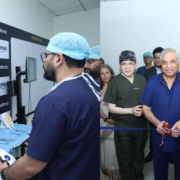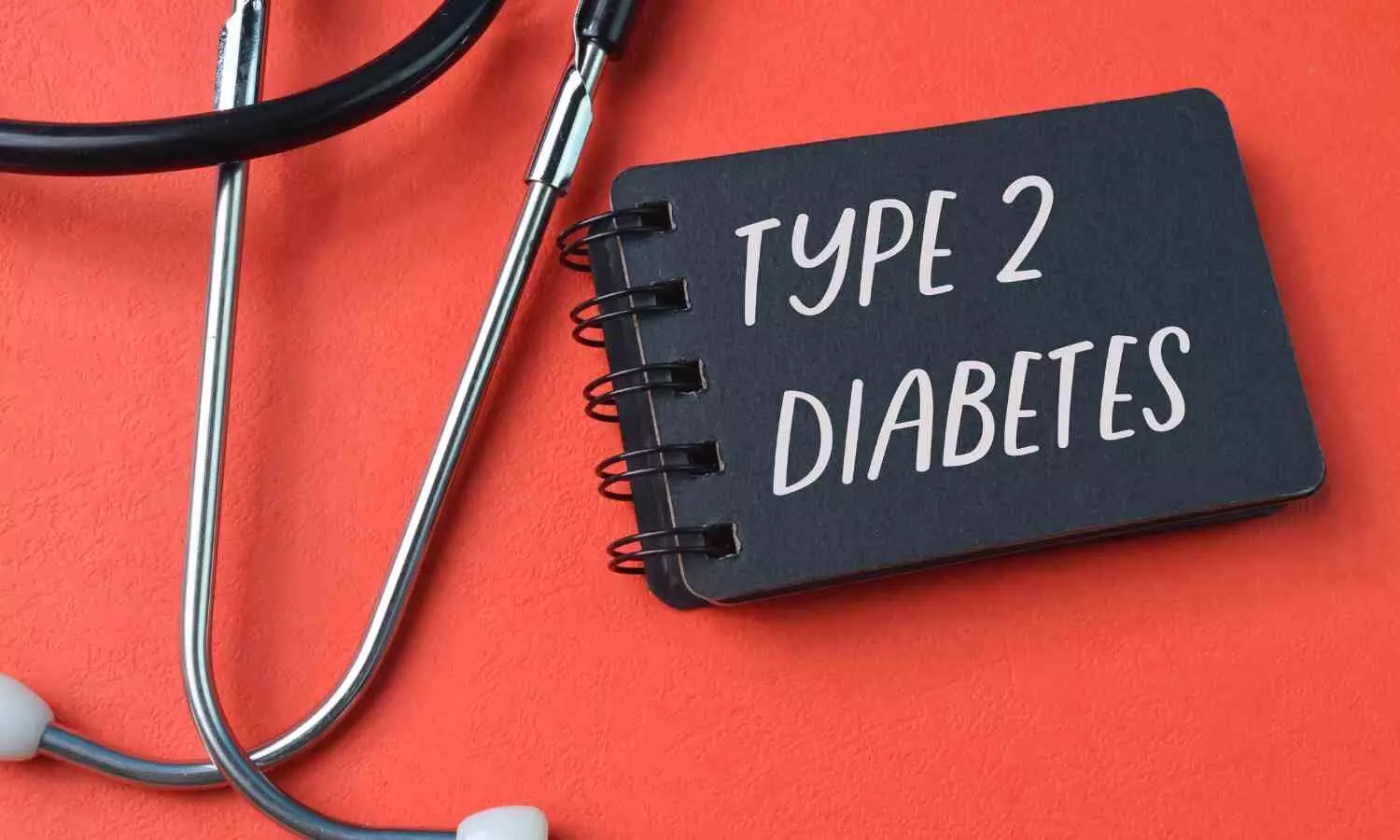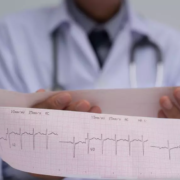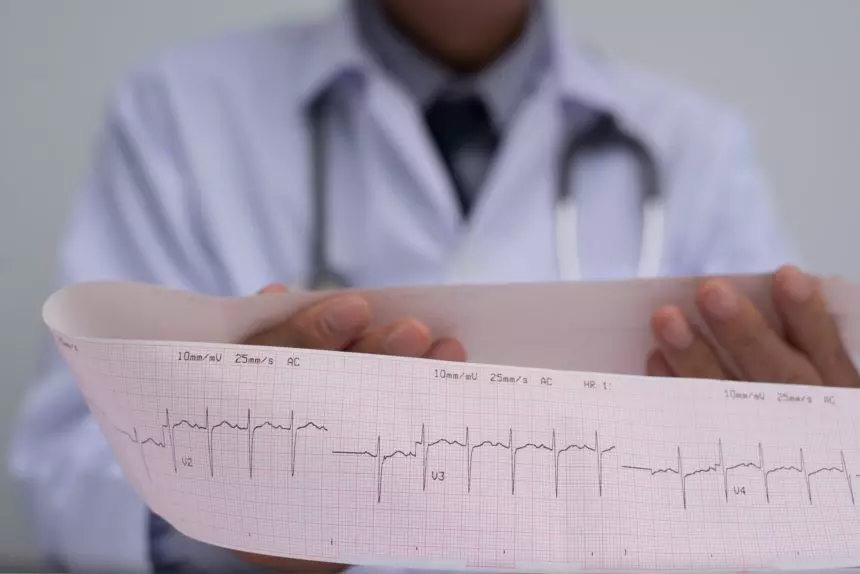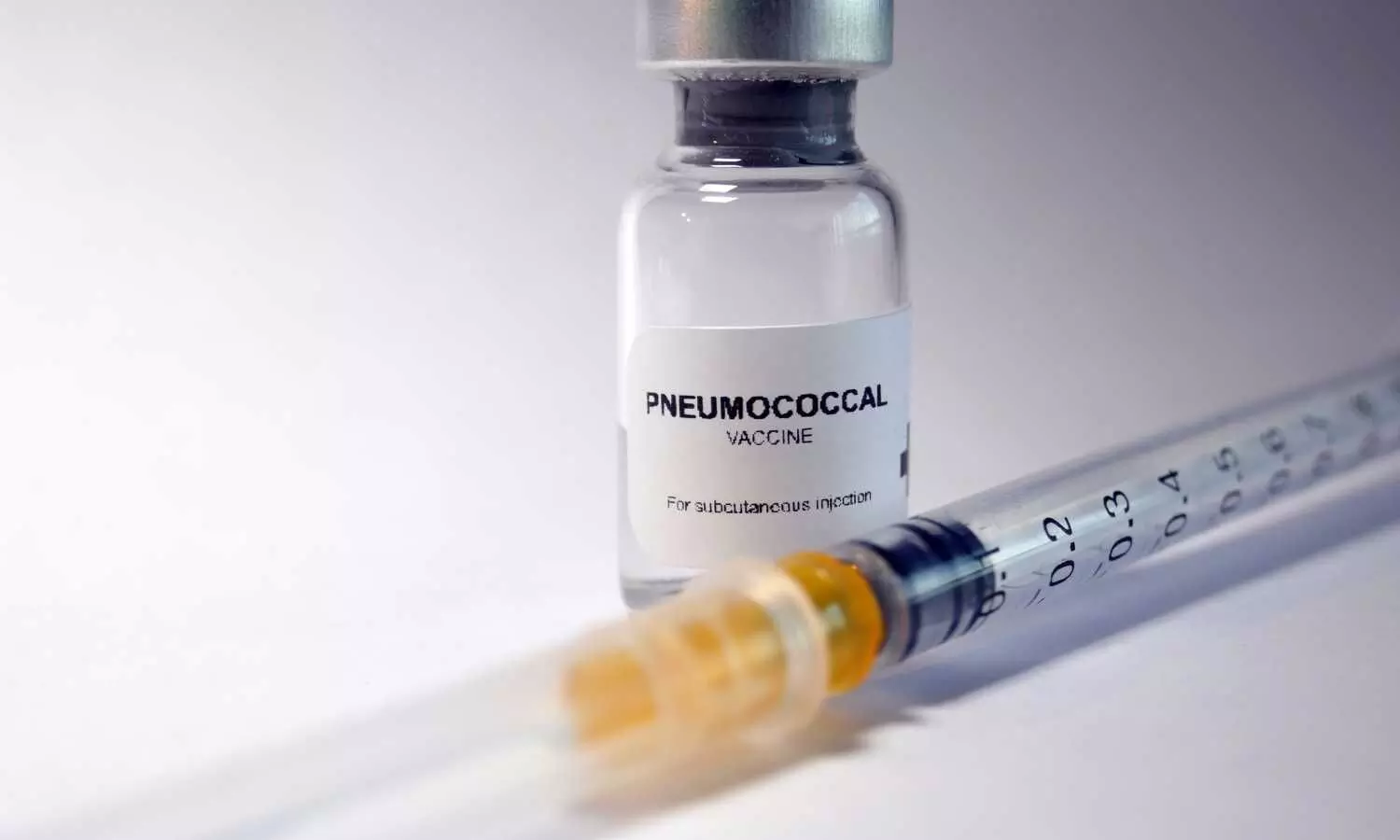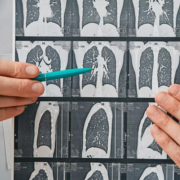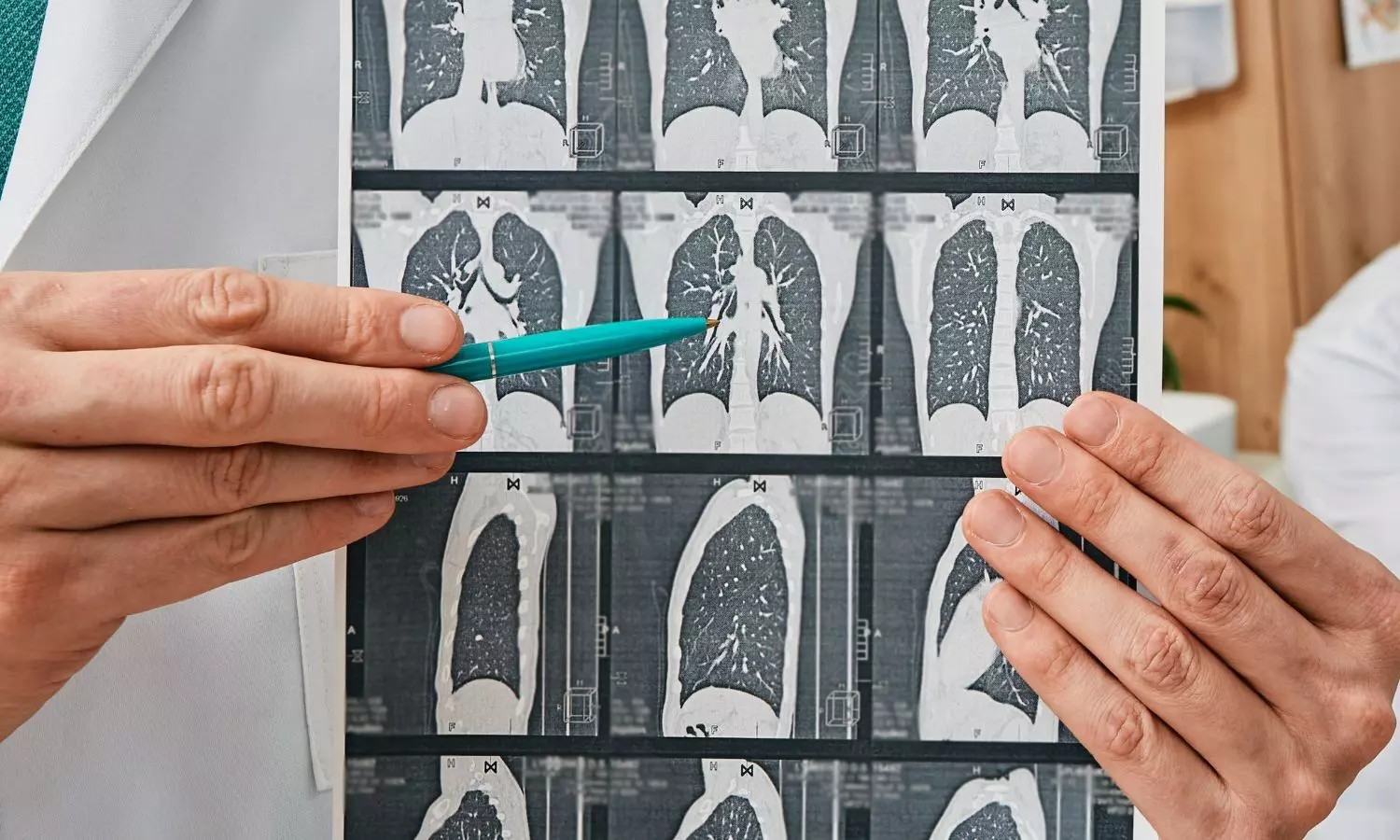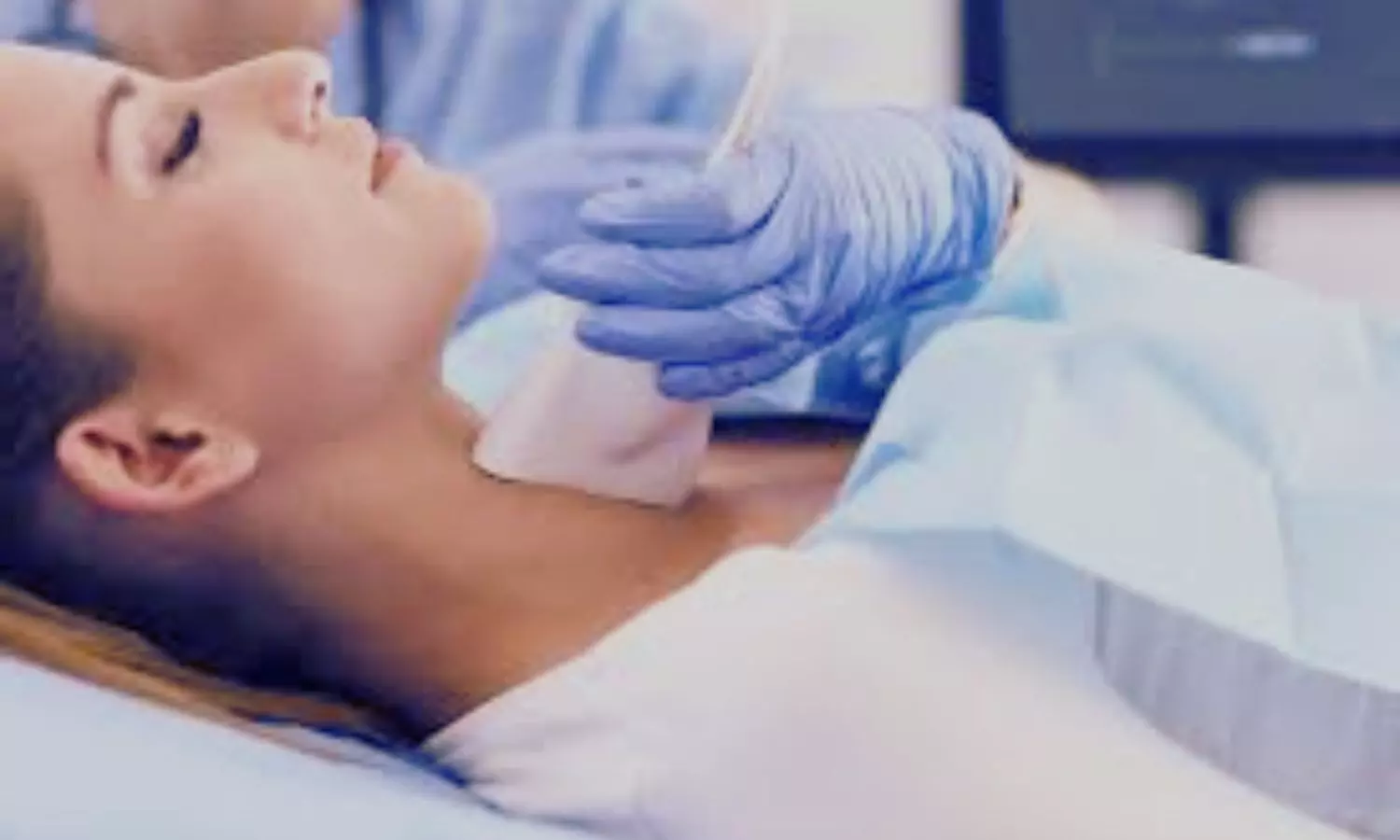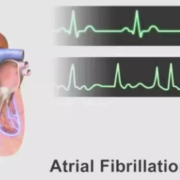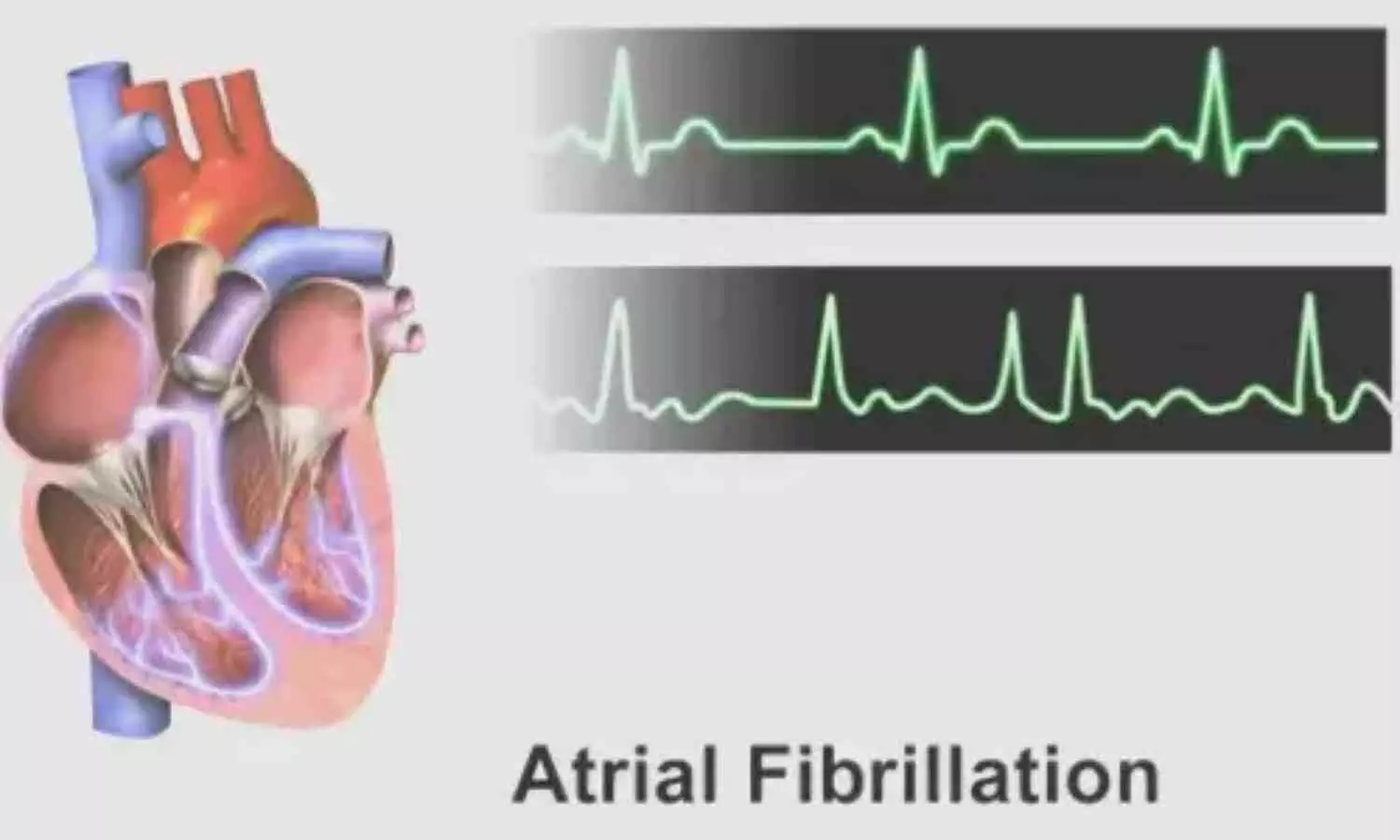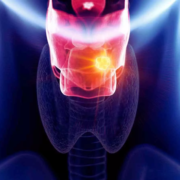Max Healthcare and Medtronic launch advanced surgical skill lab

New Delhi: Max Healthcare, one of the largest private sector healthcare services companies in India, and Medtronic, a global leader in healthcare technology, announced the inauguration of the Max-Medtronic Skill Lab at Max Super Specialty Hospital, Saket, New Delhi.
The facility is designed to advance training in minimally invasive surgical techniques and marks a significant step in their shared commitment to clinical excellence and education.
This strategic collaboration aims to advance medical education and clinical training in laparoscopic and minimally invasive surgical techniques. In addition to training, Max-Medtronic Skill Lab will also prioritize educating patients and caregivers about the benefits of these advanced minimally invasive procedures, such as faster recovery, smaller incisions, reduced infection risk, and less tissue trauma compared to traditional surgeries .
Also Read:Max Healthcare, Global Health Alliance UK partner for Medical Innovation
The Lab will offer comprehensive, structured training modules for a wide range of medical professionals, including surgeons, nurses, OT technicians, and paramedics, ranging from hands-on workshops to advanced upskilling sessions.
Spearheaded by Max Healthcare’s experienced in-house faculty and facilitated by Medtronic, these programs aim to provide a robust, practical, and impactful learning experience for all medical professionals.
“At Max Healthcare, we are committed to fostering a culture of continuous learning and clinical excellence. The Max-Medtronic Skill Lab is a significant step toward creating a structured, high-impact training ecosystem for our medical professionals. This initiative not only aims to improve clinical competencies but also empowers patients and caregivers through increased awareness of advanced surgical techniques”, said Dr Sandeep Budhiraja, Group Medical Director, Max Healthcare.
“This collaboration with Max Healthcare reaffirms our unwavering commitment to advancing access to high-quality healthcare through education, innovation, and strategic partnerships. Max-Medtronic Skill Lab is designed to provide hands-on training and foster continuous learning in laparoscopic and minimally invasive surgical techniques.
Through this initiative, Medtronic seeks to empower healthcare professionals with the tools and knowledge needed to deliver better outcomes and transform patient care”, said Mandeep Singh Kumar, Managing Director and Vice President of Medtronic India.
As part of this collaboration, both partners will also focus on regular upskilling programs for paramedical staff, an often overlooked yet critical component of the surgical care team.
The Max-Medtronic Skill Lab is set to become a benchmark in clinical education and innovation, aligning with the Government’s vision for a skilled and empowered healthcare workforce.
At the inaugural event, present were key leaders from Max Healthcare and Medtronic, including Dr. Pradeep Chowbey, Chairman – Max Institute of Laparoscopic, Robotic and Bariatric Surgery; Dr Vinitaa Malhotra Jha Executive Vice President – Research & Academics Clinical Directorate, Max Healthcare; Dr Subhash Gupta, Chairman – Max Centre for Liver and Biliary Sciences, Dr. Manish Baijal, Senior Director – Max Institute of Laparoscopic, Robotic and Bariatric Surgery. From Medtronic, attendees included Feng Dong, Vice President, Asia Region-Led Markets, EurAsia; Mandeep Singh Kumar, Managing Director and Vice President; and Abhishek Bhargava, Senior Director, Medical Surgical, Medtronic India.
Also Read:Max Healthcare opens 300-bed hospital in Dwarka, plans 3,700 more beds by 2028
Powered by WPeMatico

